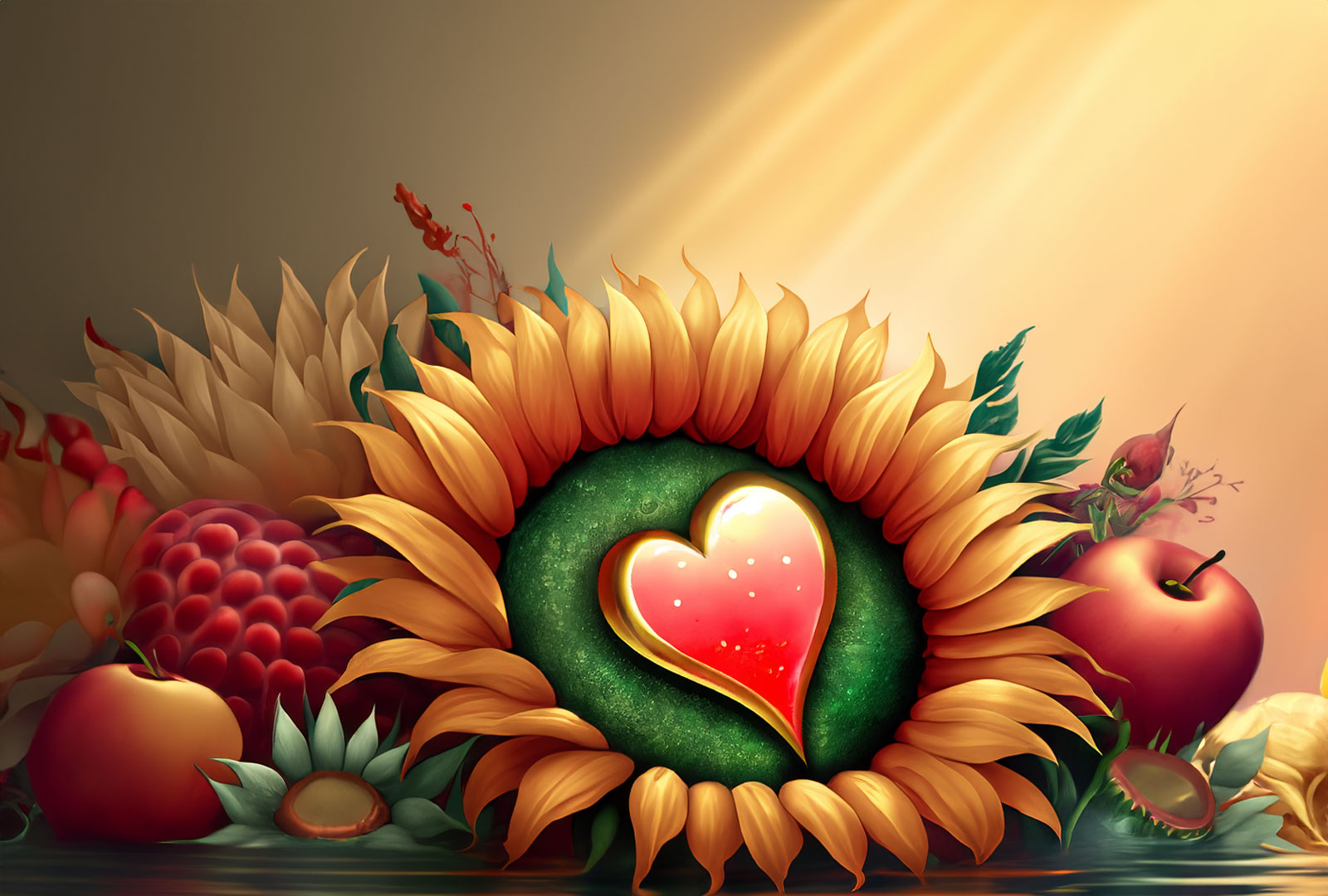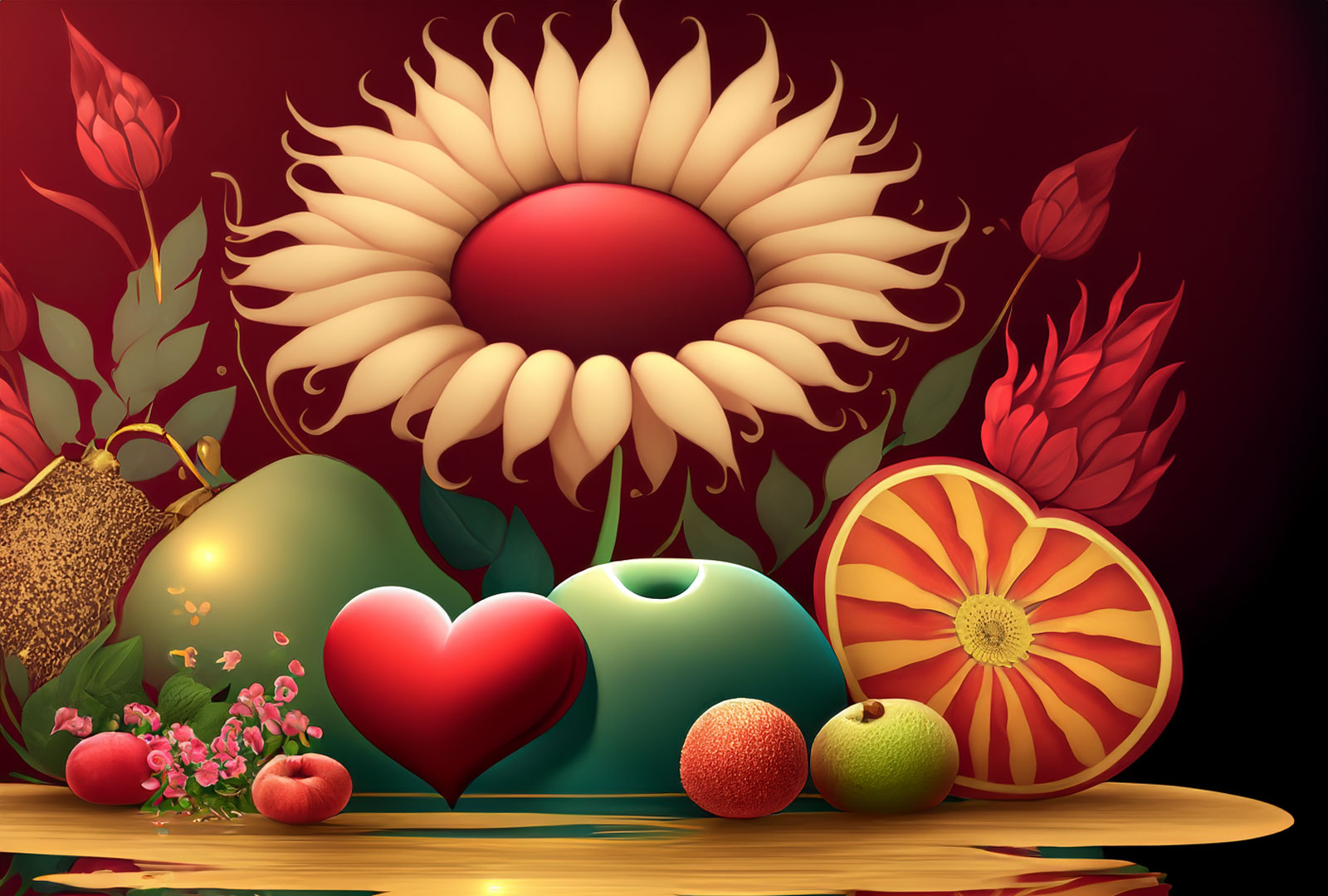Symbols of Gratitude: Meaning, Tradition, and Modern Use

The Power of Gratitude in Human Culture
Gratitude has been part of human life for as long as we can trace back stories, rituals, and traditions. It connects people across generations, cultures, and faiths, offering a bridge between what we receive and how we honor it. While gratitude itself is a feeling, it has always found expression in symbols. These symbols allow people to communicate appreciation without words, to remind themselves of thankfulness, and to celebrate the connections that sustain life.
From sacred gardens in ancient civilizations to contemporary wellness practices, gratitude is visualized in ways that blend nature, spirituality, and culture. In this article, we explore the most important gratitude symbols and why they still matter today.
The Heart: The Universal Symbol of Gratitude
The most recognized symbol of gratitude is undoubtedly the heart. Across cultures, the heart represents love, kindness, and appreciation. When you give a heart-shaped gift or draw a heart in a letter, you are signaling not only affection but also gratefulness.
Unlike many symbols that are tied to specific religions or traditions, the heart is universal. It resonates with almost everyone, making it a global emblem of thankfulness. Whether carved into ancient art or rendered in digital design, the heart is both timeless and adaptable.
The Lotus: Spiritual Gratitude and Renewal
In Eastern traditions, the lotus flower carries deep meaning. Rooted in muddy waters yet blooming pure and beautiful, the lotus has long symbolized growth, renewal, and spiritual awakening. Gratitude is often part of this symbolism: being thankful for challenges, because they help us grow into something stronger and more radiant.
Meditation and yoga practices often use the lotus as a visual anchor, reminding practitioners to cultivate gratitude for both the struggles and the blessings of life.
Sunflowers: Turning Toward the Light
Few natural symbols express gratitude as beautifully as the sunflower. Always turning toward the sun, this flower embodies positivity, loyalty, and thankfulness for life’s sustaining energy.
In many cultures, the sunflower is gifted to express warm appreciation. Its golden color, associated with joy and abundance, makes it a natural emblem of gratitude. Farmers have historically linked sunflowers with harvest and nourishment, connecting thankfulness to the cycles of nature.
The Cornucopia: Abundance and Thanksgiving
Known as the horn of plenty, the cornucopia is one of the strongest Western symbols of gratitude. Stemming from ancient Greek mythology and later embraced in Roman culture, the cornucopia represents abundance and shared prosperity.
In the United States, the cornucopia remains closely tied to Thanksgiving celebrations, where it appears on tables and decorations as a reminder of harvest, family, and shared gratitude. Even today, it carries the message: be thankful for the abundance you already have.
Hands in Prayer or Offering
Another widespread image is that of hands — either clasped in prayer or open in offering. This symbol transcends religion, expressing humility, reverence, and appreciation. In many traditions, folded hands are a way of showing respect, while open palms suggest giving back as an act of gratitude.
Hands symbolize the human role in gratitude: not only to receive but also to return kindness. They remind us that gratitude is active, not passive.
Feathers: Gratitude in Native Traditions
In several Native American cultures, feathers symbolize respect, spirituality, and grateful connection to the natural world. A feather given as a gift was not just a token, but a sacred symbol of honor and appreciation.
Even outside indigenous contexts, feathers are often seen as emblems of thankfulness for guidance and connection to something greater than oneself.
The Modern Rise of Minimalist Gratitude Symbols
Today, gratitude is finding new forms of expression. In design, jewelry, and wellness, simple icons such as circles, spirals, and geometric shapes are increasingly used to symbolize gratitude in a minimalist way. For example, a spiral can represent growth and the ongoing cycle of giving and receiving.
Many people also use gratitude journals, decorated with symbols such as hearts, leaves, or light rays, to remind them daily of the importance of thankfulness.
Why Symbols of Gratitude Still Matter
Symbols have power because they connect feelings to something visible and lasting. In a world where stress and speed dominate, gratitude symbols serve as anchors. They remind us to pause, to appreciate, and to express thankfulness outwardly.
Whether you wear a necklace with a lotus pendant, place a sunflower on your desk, or draw a small heart in your journal, these symbols are daily nudges toward gratitude. They show that thankfulness is not only a personal feeling but also a cultural force that binds communities together.
Gratitude as a Living Practice
Looking back, gratitude symbols emerged from deep cultural needs: honoring the harvest, praising the divine, or cherishing relationships. Today, they remain relevant because they offer ways to make gratitude visible.
Symbols of gratitude are not empty traditions. They are living practices, helping us embody appreciation in daily life. And perhaps most importantly, they remind us that gratitude is not just about what we feel inside — it is about what we show and share.

Comments 0
Write new comment: